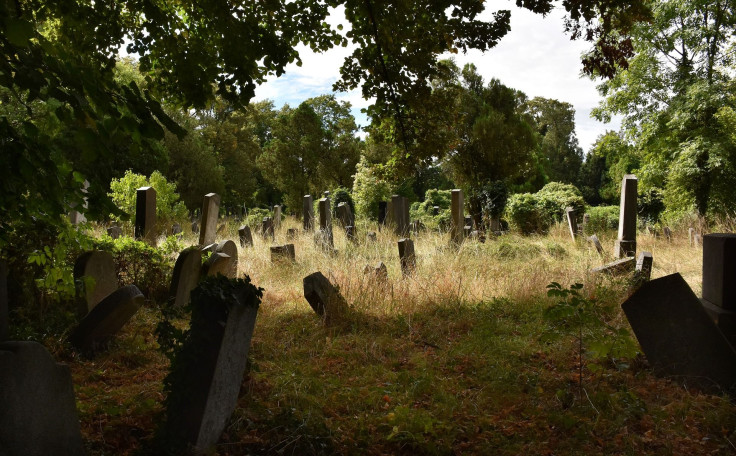Humans Can Harm Or Help The Environment — Even After They Die

Burying people in cemeteries is just another way humans are messing with the environment.
Agence France-Presse reported bodies buried whole or cremated “leach iron, zinc, sulfur, calcium and phosphorus into the ground that may later be used as farms, forests or parks.” Putting them all in one place deprives soils in other areas of certain nutrients while giving them all to the flora at burial sites.
Read: These Medieval Villagers Mutilated the Dead Because Zombies
Those chemicals could last for hundreds, or even thousands, of years and can only increase along with population growth.
“If there had been no cemeteries, human remains, like those of animals, would be distributed randomly for the nutrients they release to be reused,” AFP said. Putting them all into graveyards “is something that can be regarded as not natural,” researcher Ladislav Smejda of the Czech University of Life Sciences in Prague told the news service. “It’s a human impact. We are changing natural levels.”
After a person dies, the long and complicated process of decomposition — in which those nutrients are released into surrounding soil — begins.
“Cells become deprived of oxygen, and their acidity increases as the toxic by-products of chemical reactions begin to accumulate inside them,” the Guardian reported. “Enzymes start to digest cell membranes and then leak out as the cells break down.”
Among the many other physical changes decomposition entails, microbes living in the body will begin to digest the organs and other tissues.
“A rotting corpse is teeming with life,” the Guardian observed.
See also:
© Copyright IBTimes 2024. All rights reserved.











